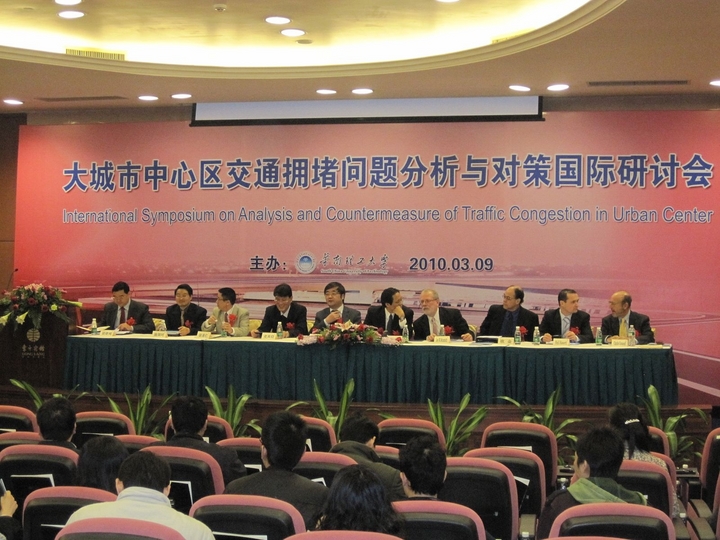- Campuses :
- Twin Cities
- Crookston
- Duluth
- Morris
- Rochester
- Other Locations

 I just returned from Guangzhou, China, where I spoke on congestion pricing at an international symposium on traffic congestion countermeasures. Guangzhou is an economically prosperous city of 10 million people that is currently facing a worker shortage. Guangzhou city leaders recognize that traffic congestion will only get worse in the future as more residents buy cars. The city has built five Metro subway lines since 1999 and are planning to open four more Metro lines before the Asian Games are held in Guangzhou later this year.
I just returned from Guangzhou, China, where I spoke on congestion pricing at an international symposium on traffic congestion countermeasures. Guangzhou is an economically prosperous city of 10 million people that is currently facing a worker shortage. Guangzhou city leaders recognize that traffic congestion will only get worse in the future as more residents buy cars. The city has built five Metro subway lines since 1999 and are planning to open four more Metro lines before the Asian Games are held in Guangzhou later this year.
Those of us invited to talk about congestion pricing made the case that Guangzhou and other Chinese cities should take a serious look at congestion charging, a powerful tool when combined with effective transit systems and other traffic management measures. We cited the cases of Singapore, London ad Stockholm, as cities that have used congestion pricing effectively to reduce urban congestion combined with significant investments in transit systems. U.S. cities such as Minneapolis have also used congestion pricing in a more limited way through high-occupancy toll lanes that also serve as transit corridors.
But the most impressive thing I saw during my visit to Guangzhou was their new Bus Rapid Transit (BRT) system. The Guangzhou BRT system just opened in February 2010, and ridership is already more than 800,000 boardings per day. The city leaders and transportation professionals we met with all seemed smart, innovative and prepared to take on the tough challenge of managing congestion. Keep your eye on Guangzhou.